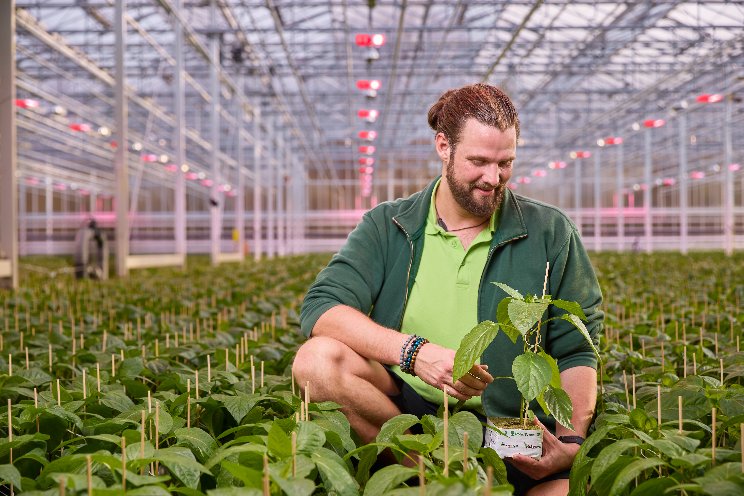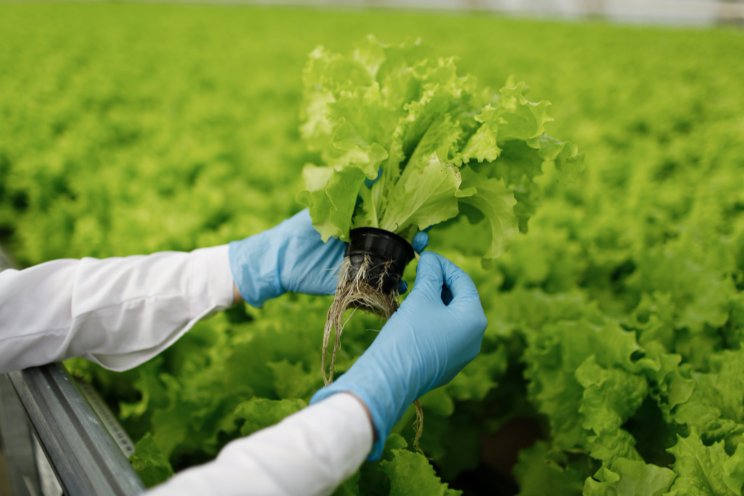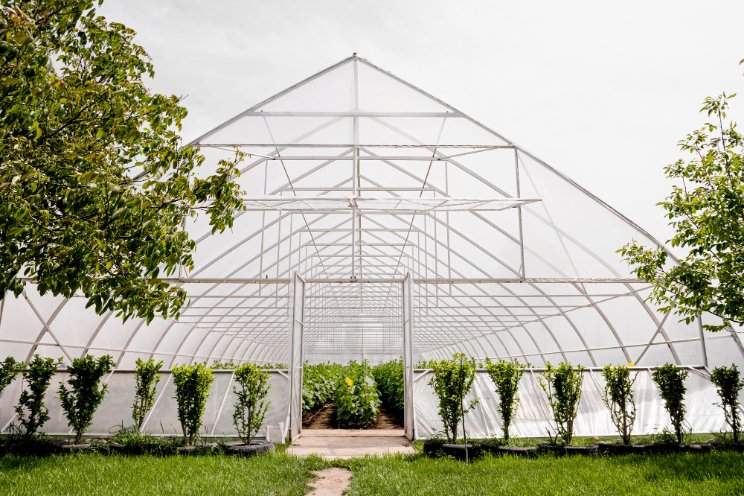Controlling algae in greenhouses: The green monster
Added on 20 September 2023

In aquatic systems like lakes and ponds, some levels of algae help support a healthy ecosystem by oxygenating the water, however large algae blooms in source water during the summer months can be problematic. Unfortunately, blue-green algae and
cyanobacteria blooms are common and are knecome a vector for insect pests and pathogens and can build up in irrigation lines and emown to produce dangerous toxins that harm people, animals, and the environment. Algae also bitters; it can clog filters and intake valves, requiring constant maintenance and labor.
If algae show up inside a facility it can create worker safety hazards and becomes a vector for insect pests and pathogens on equipment and soil surfaces. Algae on hard surfaces cause a range of issues when it covers equipment like irrigation tanks, emitters, walkways, and weed mats. When algae are left unchecked on hard surfaces, the slimy surface creates dangerous slip-and-fall hazards around the workplace. Aside from workplace risks to personnel, algae infestations on the soil surface absorb vital nutrients meant for the plant and irritated hydrophobic soil conditions further complicate the delivery of these vital inputs. Lastly, insects like fungus gnats and shore flies make algae their habitat and food source, then reproduce; and populations can get out of hand. Implementing an algae management program can reduce these pest populations without the need for pesticide applications.
Photo caption: Greenhouses, nurseries, and landscapes, along with aquatic systems like lakes and ponds, can all be vulnerable to algae growth. Above are images of examples of algae growth in different settings and environments. Provided by BioSafeSystems.
More news















